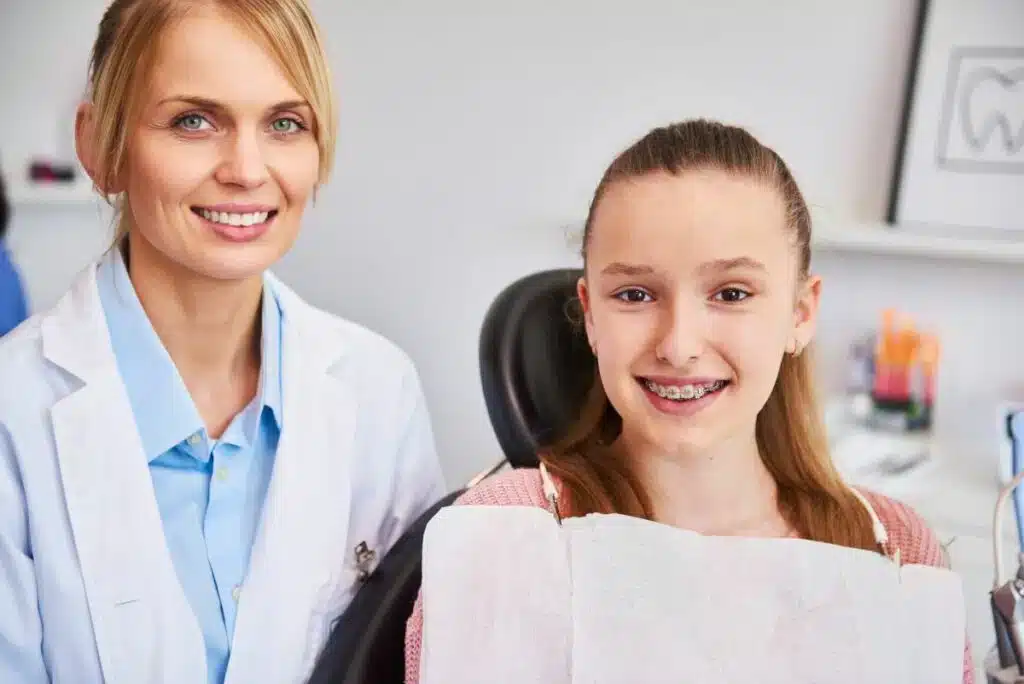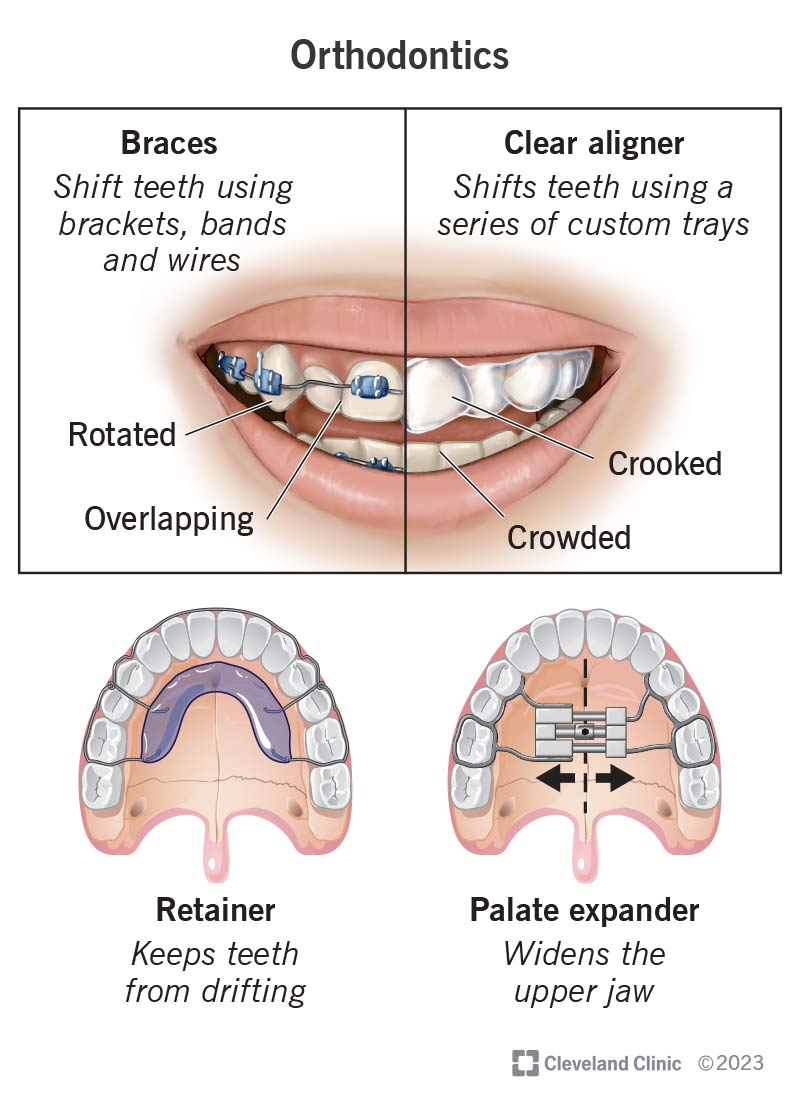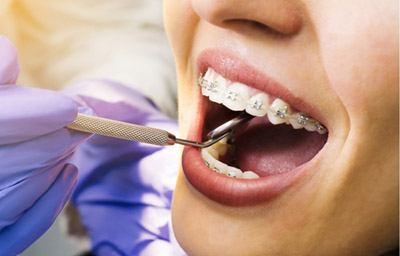4 Simple Techniques For Causey Orthodontics
Table of ContentsCausey Orthodontics Can Be Fun For AnyoneCausey Orthodontics for DummiesThe Single Strategy To Use For Causey OrthodonticsThe Single Strategy To Use For Causey OrthodonticsCausey Orthodontics Things To Know Before You Get This
Overlooking occlusal partnerships, it was normal to remove teeth for a selection of dental issues, such as malalignment or congestion. The concept of an intact dentition was not widely appreciated in those days, making bite relationships appear unnecessary. In the late 1800s, the concept of occlusion was important for producing dependable prosthetic substitute teeth.As these ideas of prosthetic occlusion proceeded, it ended up being an indispensable tool for dental care. It remained in 1890 that the work and influence of Dr. Edwards H. Angle began to be really felt, with his contribution to contemporary orthodontics particularly notable. Focused on prosthodontics, he educated in Pennsylvania and Minnesota before guiding his focus towards dental occlusion and the therapies required to maintain it as a normal condition, thus ending up being recognized as the "dad of modern orthodontics".

The idea of optimal occlusion, as postulated by Angle and included right into a classification system, enabled a change towards treating malocclusion, which is any kind of deviation from regular occlusion. Having a full collection of teeth on both arches was highly demanded in orthodontic therapy due to the demand for precise relationships in between them.
The 6-Second Trick For Causey Orthodontics
As occlusion came to be the essential top priority, facial percentages and looks were overlooked - family orthodontics. To achieve excellent occlusals without using exterior forces, Angle proposed that having excellent occlusion was the finest means to gain optimal face visual appeals. With the death of time, it came to be fairly noticeable that even a remarkable occlusion was not appropriate when taken into consideration from a visual point of view
Charles Tweed in America and Raymond Begg in Australia (that both researched under Angle) re-introduced dental care removal into orthodontics during the 1940s and 1950s so they could improve facial esthetics while also guaranteeing much better stability concerning occlusal relationships. In the postwar period, cephalometric radiography begun to be made use of by orthodontists for gauging changes in tooth and jaw position triggered by development and therapy. It came to be apparent that orthodontic treatment can adjust mandibular advancement, bring about the development of functional jaw orthopedics in Europe and extraoral pressure steps in the US. Nowadays, both practical home appliances and extraoral devices are applied around the world with the goal of changing growth patterns and forms. Seeking real, or at least boosted, jaw partnerships had become the major goal of treatment by the mid-20th century.
Some Ideas on Causey Orthodontics You Should Know
 The American Journal of Orthodontics was created for this objective in 1915; before it, there were no clinical objectives to comply with, nor any type of accurate category system and braces that did not have features. Till the mid-1970s, braces were made by covering metal around each tooth. With advancements in adhesives, it came to be possible to instead bond metal brackets to the teeth.
The American Journal of Orthodontics was created for this objective in 1915; before it, there were no clinical objectives to comply with, nor any type of accurate category system and braces that did not have features. Till the mid-1970s, braces were made by covering metal around each tooth. With advancements in adhesives, it came to be possible to instead bond metal brackets to the teeth.Andrews offered an informative definition of the excellent occlusion in long-term teeth. This has had significant impacts on orthodontic therapies that are administered routinely, and these are: 1. Right interarchal partnerships 2. Correct crown angulation (tip) 3. Appropriate crown inclination (torque) 4. No rotations 5. Tight contact points 6. Flat Contour of Spee (0.02.5 mm), and based upon these concepts, he uncovered a therapy system called the straight-wire device system, or the pre-adjusted edgewise system.
The benefit of the layout depends on its bracket and archwire combination, which requires just marginal cord flexing from the orthodontist or clinician (best orthodontist). It's aptly named hereafter function: the angle of the slot and thickness of the bracket base inevitably figure out where each tooth is located with little requirement for added adjustment
How Causey Orthodontics can Save You Time, Stress, and Money.
Both of these systems employed similar brackets for each tooth and demanded the bending of an archwire in three aircrafts for locating teeth in their wanted settings, with these bends dictating utmost placements. When it comes to orthodontic home appliances, they are split into two types: detachable and taken care of. Detachable appliances can be tackled and off by the patient as needed.

Hence, mostly all contemporary fixed home appliances can be taken into consideration variants on this edgewise home appliance system. Early 20th-century orthodontist Edward Angle made a significant payment to the world of dentistry. He developed 4 unique appliance systems that have actually been made use of as the basis for lots of orthodontic treatments today, disallowing a few exemptions.
About Causey Orthodontics

The wire ended in a thread, and to relocate ahead, a flexible nut was made use of, which permitted a boost in area. By ligation, each individual tooth was connected to this large archwire (orthodontist services). Because of its minimal variety of motion, Angle was incapable to attain precise tooth positioning with an E-arch
These tubes held a soldered pin, which can be repositioned at each consultation in order to relocate them in position. Called the "bone-growing appliance", this gizmo was theorized to urge healthier bone development due to its possibility for transferring pressure directly to the origins. However, applying it proved troublesome in truth.